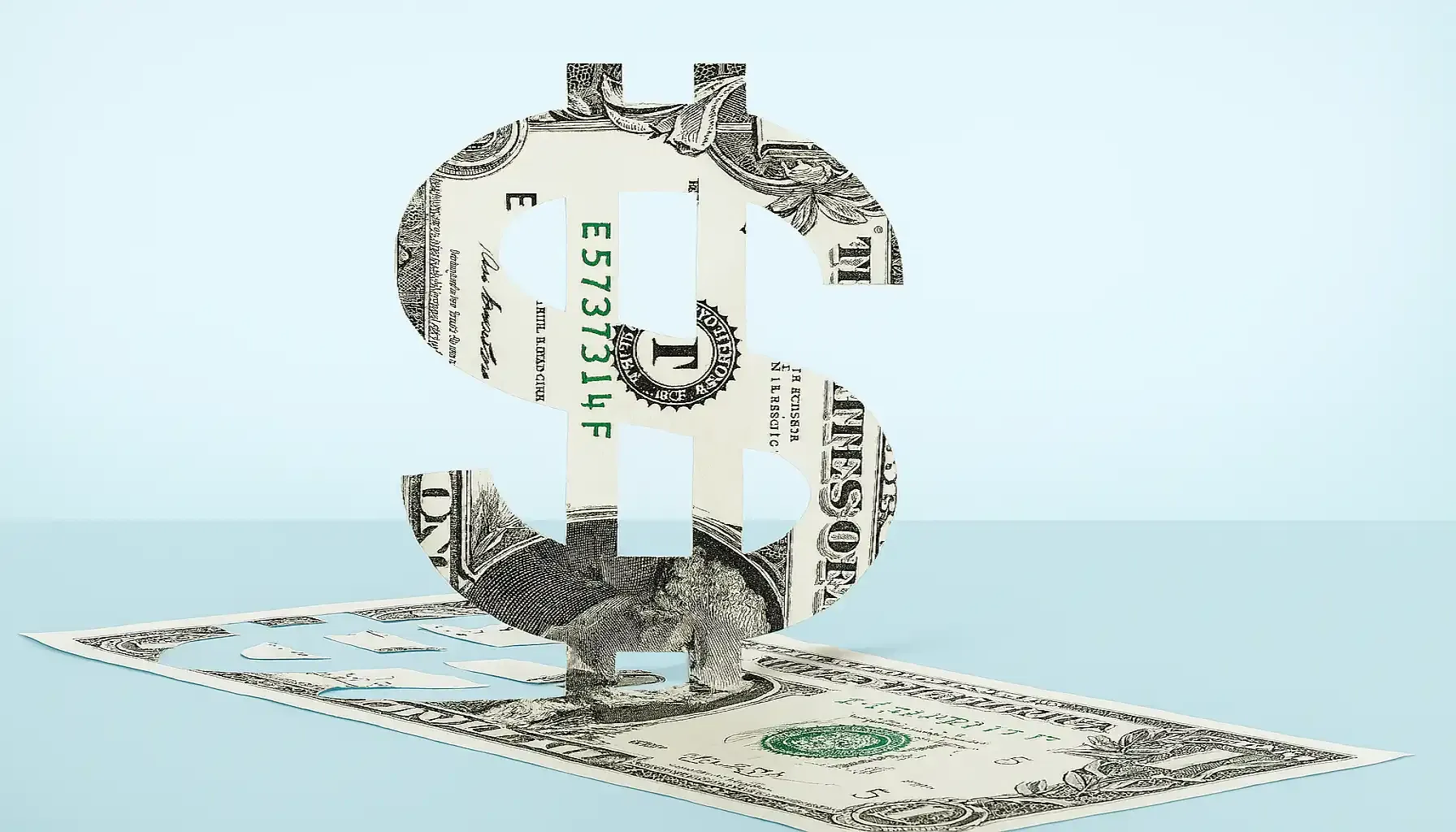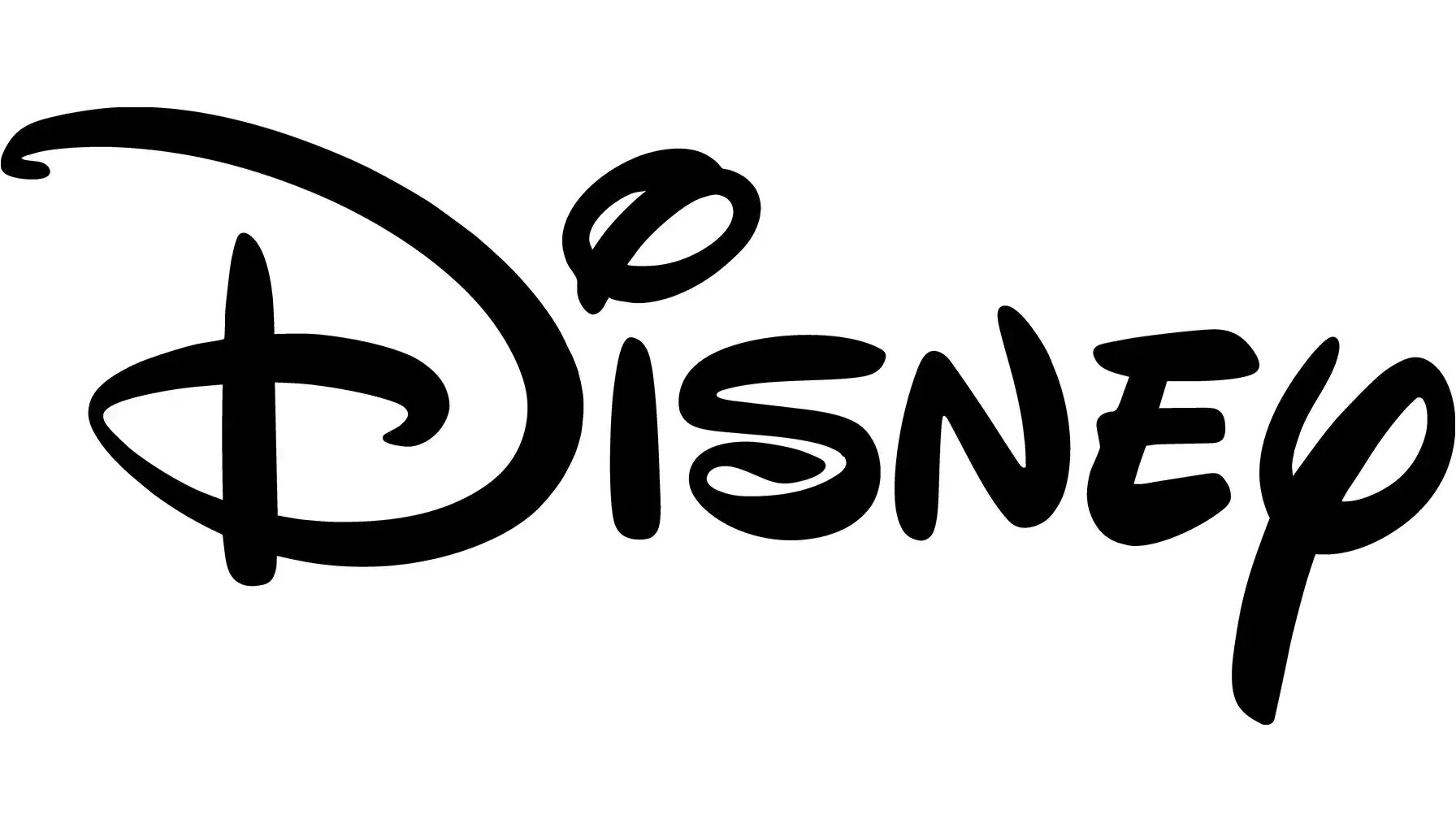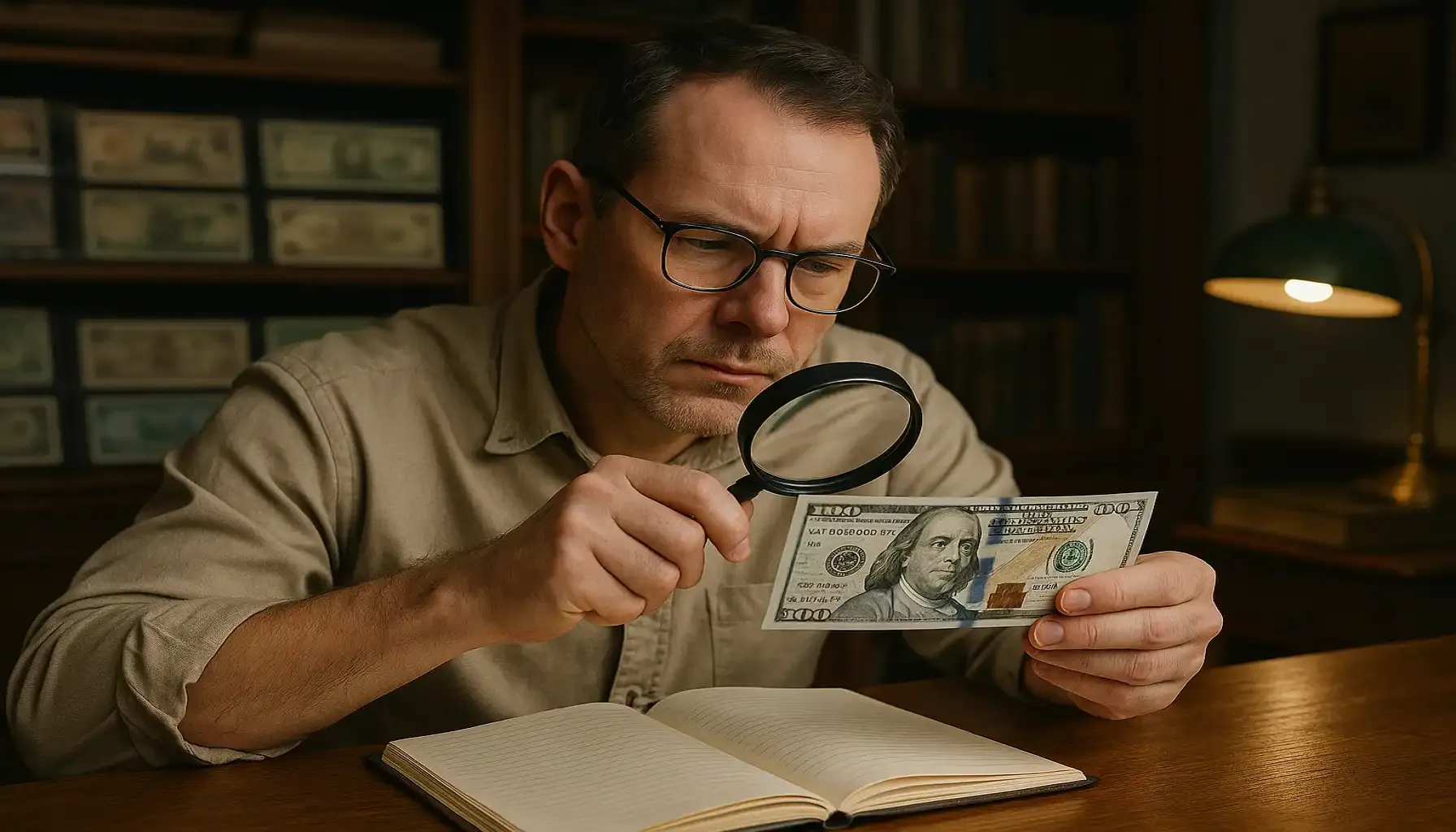Contents:
The 1975 Roosevelt dime is a ten-cent coin that, in some cases, may be even a life-changing discovery. Most of these coins are common pocket change but certain varieties—like the 1975 no S proof dime or other notable errors—have turned heads and pocketbooks at auctions.
So, what makes a 1975 dime worth money, and how can you identify the coins?
Feature | Description |
Denomination | 10 cents (dime) |
Obverse Design | Portrait of Franklin D. Roosevelt |
Reverse Design | Torch, olive branch, and oak branch |
Designer | John R. Sinnock |
Composition | Copper core clad with 75% copper and 25% nickel |
Mint Marks | D (Denver), S (San Francisco for proofs), None (Philadelphia) |
Weight | 2.27 grams |
Diameter | 17.91 millimeters |
Notable Errors | 1975 proof dime no mint mark, S/S repunched mint mark |
The Story Behind the 1975 Dime
This one is a part of the Roosevelt dime series, introduced in 1946 to commemorate Franklin D. Roosevelt. He was a true national icon. The coin’s release was also tied to Roosevelt’s involvement with the March of Dimes, an organization he helped establish to fight polio.
Designed by John R. Sinnock, the dime’s creation was not without controversy. Sinnock faced multiple rejections from the Commission of Fine Arts, who criticized his initial designs for lacking the necessary gravitas. After several revisions and political maneuvering, the dime entered production and became a part of American currency.
In 1965, rising silver prices led to a significant change in the composition. Silver was replaced with a copper-nickel clad design, maintaining the appearance but eliminating its value as a precious metal. This composition remains standard for circulation dimes today, as well as for 1977 dimes.
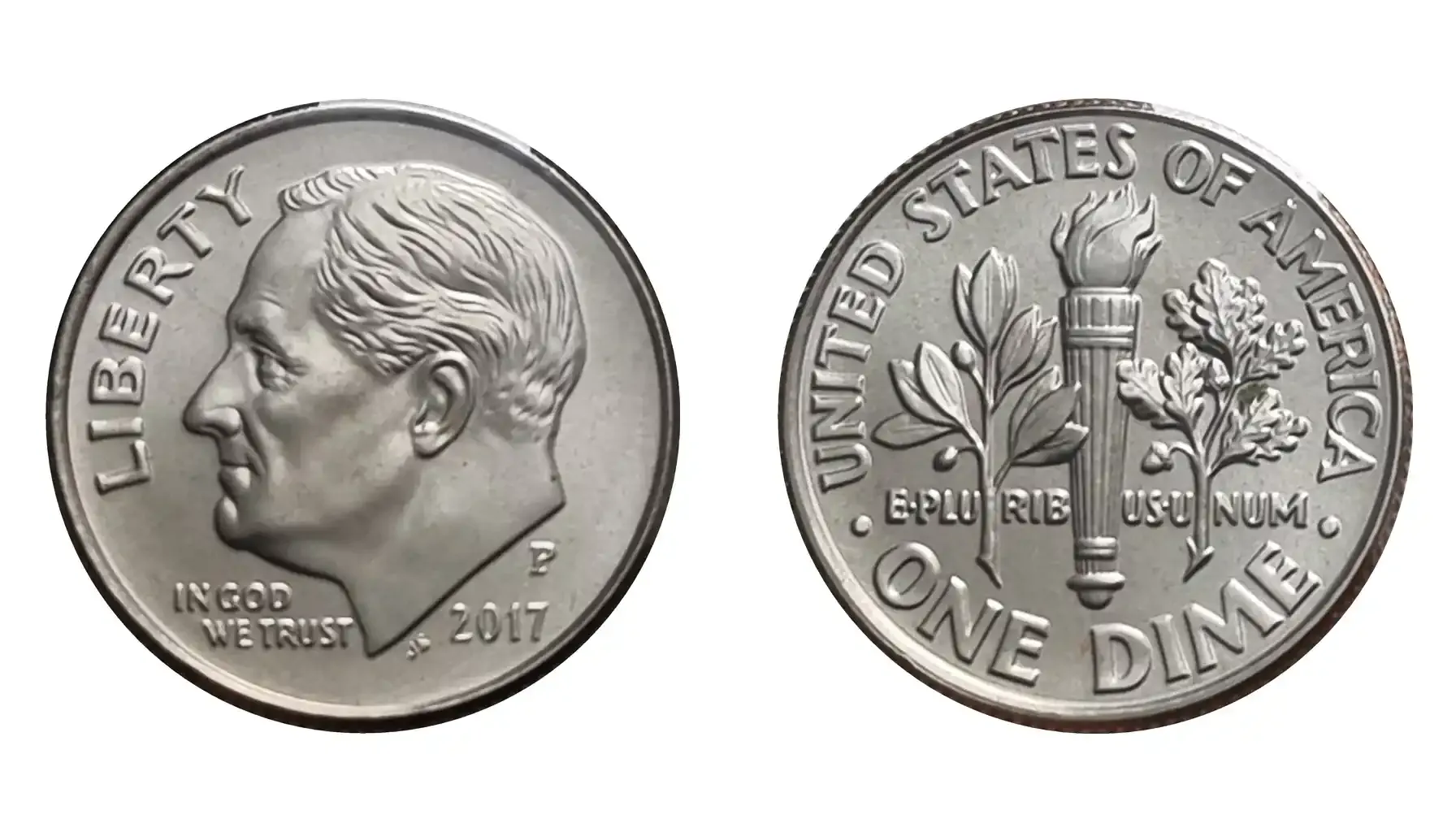
Design and Composition
The Obverse Design
The obverse side of the 1975 Roosevelt dime features a left-facing profile of President Franklin D. Roosevelt. The portrait is framed by the words “LIBERTY” and “IN GOD WE TRUST,” with the year of mintage positioned to the right. Below the neckline, Sinnock’s initials (“JS”) are subtly inscribed.
Where is the mint mark on a 1975 dime? For coins struck in Denver and San Francisco, the mint mark appears just above the date. Philadelphia-produced ones, however, bear no mint mark.
The Reverse Design
The reverse side, also designed by Sinnock, shows a torch flanked by an olive branch and an oak branch. Together, these elements symbolize liberty, peace, and strength. The inscriptions “UNITED STATES OF AMERICA” and “E PLURIBUS UNUM” encircle the design, with “ONE DIME” at the bottom.

How Much Is a 1975 Dime Worth?
What Influences Value?
Several factors determine the value of 1975 dime: its condition, mint mark, and any notable errors. Coins with high grades from professional grading services and unique features like full bands or missing mint marks can be more expensive.
Type | Grade | Value |
1975 No Mint Mark | MS67 | $200 |
MS67 (Full Band) | $2,250 | |
1975 D | MS67 | $40 |
MS67 (Full Band) | $550 | |
1975 S Proof | PR70 | $110 |
1975 No S Proof | PR68 | $500,000 |
Disclaimer: The values fluctuate based on market trends and auction outcomes. Consult a professional appraisal for precise valuation.
Valuable 1975 Dimes
Coins without a mint mark—especially proofs like the 1975 proof dime no mint mark—demand closer inspection. Modern tools such as the Coin ID Scanner app can simplify this process, instantly verifying mint marks, errors and values.
Among the most coveted coins in U.S. numismatics, the rare 1975 no S dime is an opportunity for some collectors. Only two examples are known. So, it is one of the rarest pieces ever struck by the U.S. Mint. This incredible rarity stems from an error during die preparation: the San Francisco Mint’s distinctive “S” mark was inadvertently left off the die used to produce these proof coins. As a result, these were released with a pristine proof finish but without any mint mark.
Proof specimens are struck with extraordinary care, and their mirror-like surfaces make them easy to identify. This one is no exception. Its flawless craftsmanship and reflective sheen distinguish it from standard circulation coins. However, it is this very perfection combined with the missing “S” that makes the 1975 dime missing mint mark sells for $500,000 (an average price).
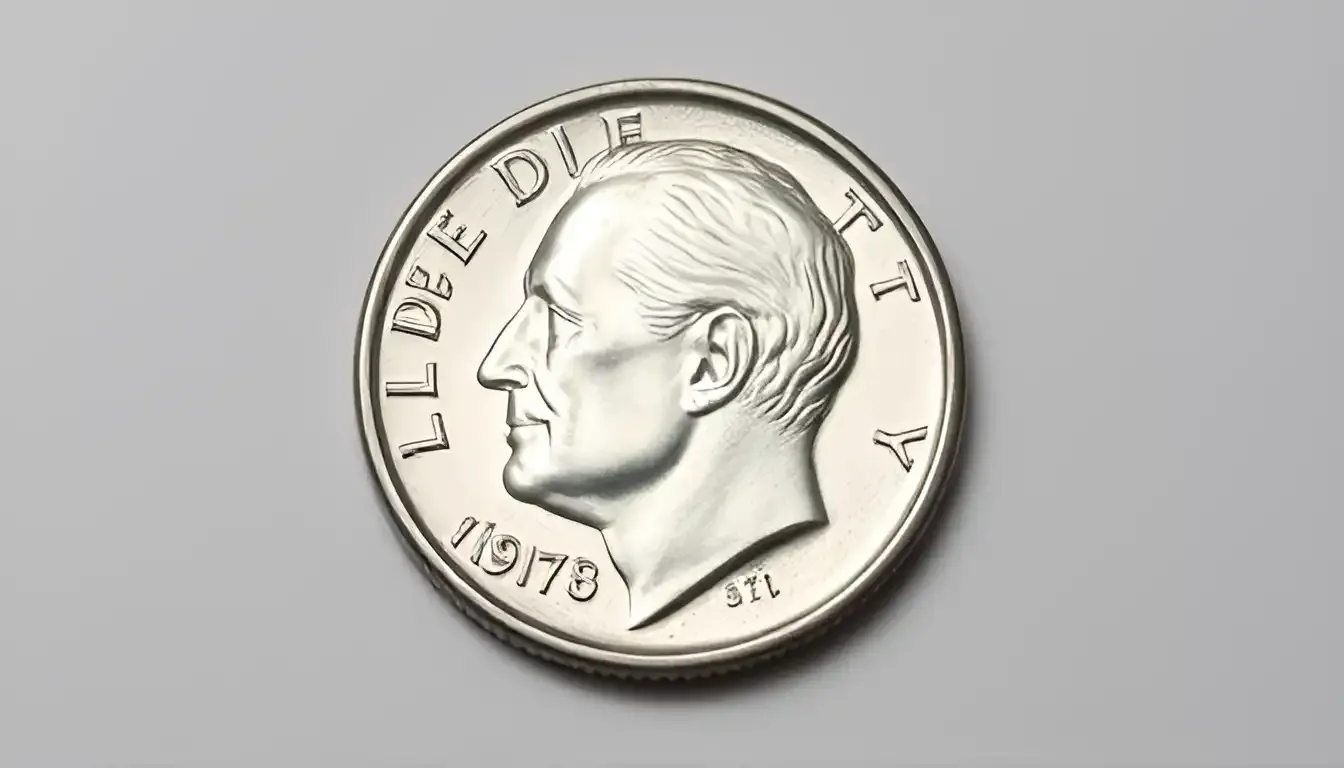
Record-Breaking Sales
As we have already discovered, only two examples are known to exist, and both have made headlines in the numismatic world. One example, graded PR68 by the Professional Coin Grading Service (PCGS), sold for $500,000 at auction. Its counterpart, also PR68, remains one of the most sought-after pieces in numismatic history with the high 1975 no S dime value.
How to Identify 1975 No S Dime without Mint Mark?
The easiest way to spot a 1975 no S Roosevelt dime is by examining its proof qualities and the absence of the “S” mint mark above the date. A true no S proof specimen will exhibit a mirror-like finish, sharp details, and an overall flawless appearance. Due to the extreme rarity of this coin, any suspected example should be authenticated by a professional grading service like PCGS or NGC.
By the way, why is it so rare? It likely resulted from a production oversight that was quickly identified and corrected. While other “no S” proof dimes exist in years like 1968 and 1983, their populations are slightly higher, with dozens of examples known. The 1975 variety, by contrast, stands alone in its rarity, with just two verified pieces in existence.
Other Mint Marks
The 1975 D Dime Value
It was minted in Denver and is less rare but still valuable in high grades. Those graded MS67 with the full band designation can fetch up to $550. Their clarity and strike quality make them sought-after pieces for collectors.
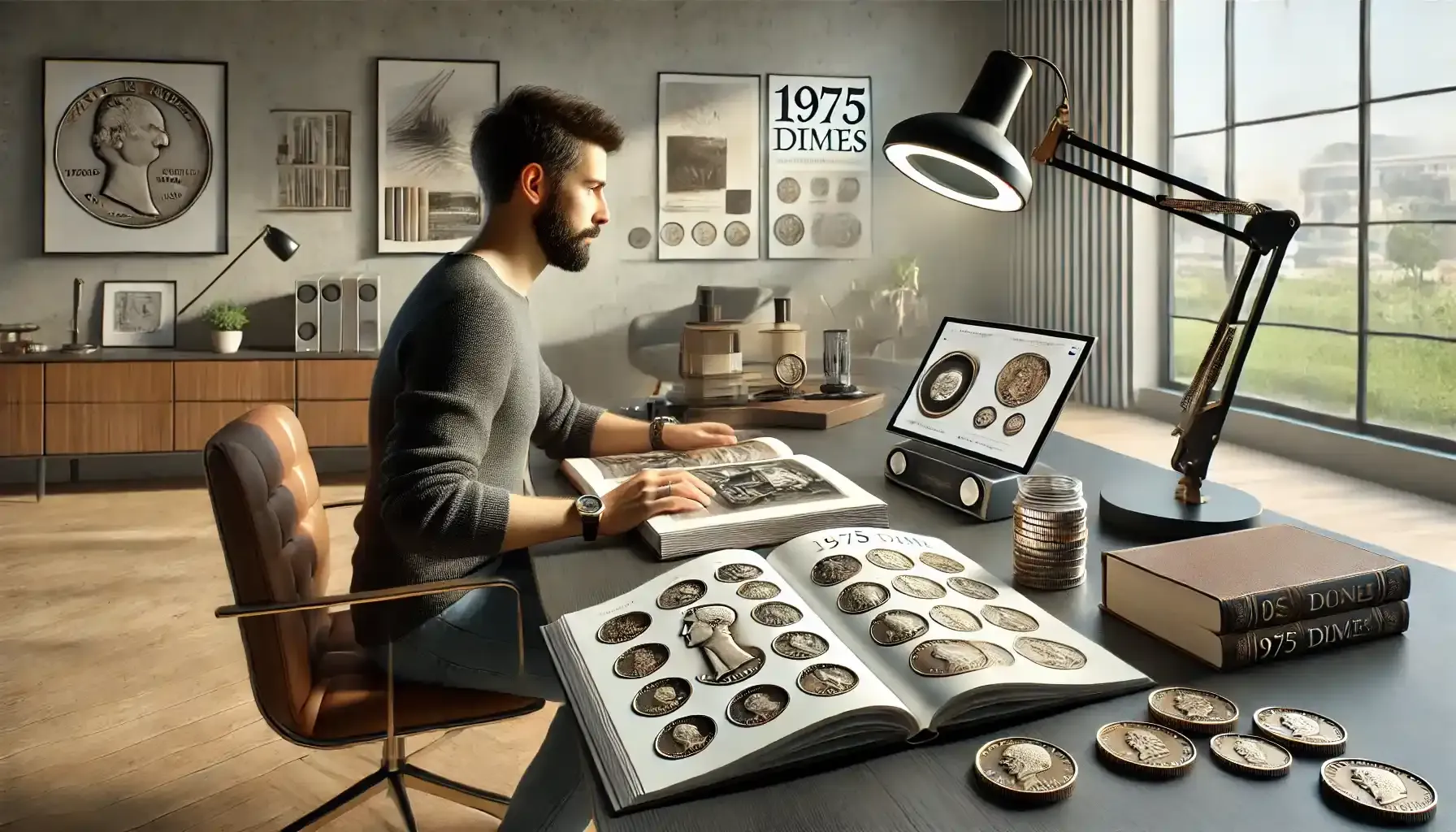
The 1975 Dime No Mint Mark Value
Philadelphia-produced ones lack a mint mark, and while most are common, those in mint state with full bands can command significant premiums. A pristine 1975 no mint mark dime worth $2,250 at MS67 illustrates the popularity of high-grade examples among collectors.
1975 Dime Error List: What to Watch For
Missing Mint Marks
The 1975 dime worth $400 000 or even higher because of its unparalleled rarity and status as a proof one. However, identifying this coin requires expert verification due to its similarity to regular Philadelphia dimes.
Repunched Mint Marks
The 1975 S/S proof dime features a doubled mint mark, visible under magnification. Though less valuable than missing marks, they still fetch impressive sums, often exceeding $800 in top grades.
Why Collect the 1975 Roosevelt Dime?
1. The Errors Phenomenon
The 1975 dime is known for some error variations, e.g., striking issues and misprints. For example, there are coins where the mint mark is mistakenly omitted, or the die may have produced a double strike or misalignment. Error coins like these are especially sought after by collectors because they are seen as unique, and they can fetch premium prices, particularly the 1975 no-S dime. Even a standard 1975 dime no mint mark value can be more than its face value if it has rare minting flaws.

2. The Historical Significance of the 1975 Year
While it may not be a particularly landmark year in U.S. history, the 1975 Roosevelt Dime is part of a coinage era when designs were relatively stable. It, designed by John R. Sinnock, has been in circulation since 1946, and collectors may be interested in building complete sets of this long-running series. The 1975 coin marks the midpoint of a long period of consistent design and is thus valuable for those who appreciate both its design and its place in U.S. coinage history.
3. Collecting the Set
For those focused on the complete collection of U.S. coinage, the 1975 Roosevelt Dime is a chance. Collectors of dimes may focus on error coins or special edition versions. The 1975 dime also fits into a broader collection of silver dimes or proof sets that feature high-quality examples of U.S. coinage.
4. Financial Investment
Finally, many collectors turn to rare or unique coins as a form of investment. Pieces that have historical significance or errors tend to appreciate in value over time. The 1975 no S dime has been recognized as one of the most desirable error ones. Even without the error or missing mint mark, the standard 1975 dimes may increase in value as part of a growing numismatic collection, depending on their condition and rarity.
Related article: American Women Quarters Program.
Where to Buy and Sell?
1. Online Marketplaces
eBay: This is one of the largest and most popular platforms for buying and selling coins, including a 1975 dime no mint mark for sale. eBay auctions often attract competitive bidding, which can drive prices higher for valuable items.
Amazon: While less focused on numismatics than eBay, Amazon also is a marketplace for collectors, including both rare and modern specimens. Be sure to check for coin authenticity.
Heritage Auctions: Specializing in rare coins, Heritage Auctions provides an auction platform for high-value and collectible items, e.g., unique 1975 Roosevelt examples.
CoinStar: Although CoinStar is primarily known for coin-counting machines, some users trade coins through their online exchange services.

2. Dealers and Special Shops
Local Coin Shops: Many cities have independent dealers who buy and sell collectible coins. If you have a coin shop nearby, it’s worth visiting to discuss the value of your 1975 dimes or to browse their inventory.
National Dealers: Larger, well-established dealers like APMEX, American Precious Metals Exchange, or CoinWeek buy and sell through their websites and physical locations. They also provide evaluation services.
Certified Coin Dealers: Dealers certified by organizations like the Professional Numismatists Guild (PNG) or the American Numismatic Association (ANA) offer an extra layer of credibility. Their expertise ensures that you’re working with trusted professionals who know the value of rare pieces like the 1975 no mint mark dimes.
3. Coin Shows
ANA World’s Fair of Money: One of the largest coin shows in the world, where dealers and collectors meet to buy, sell, and trade rare pieces. You can find all types of collectible coins, including 1975 Roosevelt Dimes.
Local Coin Shows: Many cities host regional coin shows or numismatic conventions. These events often attract both dealers and private collectors looking to buy and sell coins. Check local listings for events in your area.
4. Auction Houses
Heritage Auctions: One of the most respected auction houses for rare specimens. Heritage Auctions specializes in high-value items and has an extensive online platform where you can place bids on or consign your 1975 Roosevelt example.
Stack’s Bowers Galleries: Another major auction house with a strong numismatic focus, Stack’s Bowers is known for handling collections, including rare and high-value pieces.

